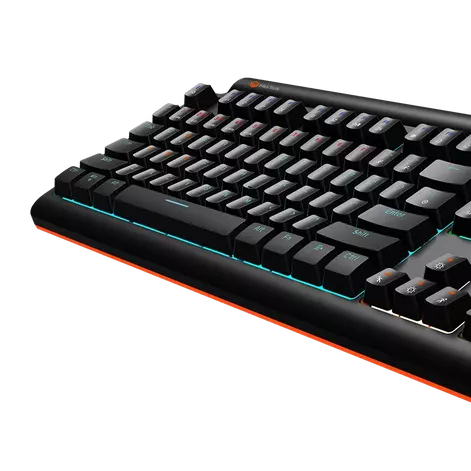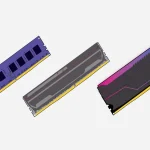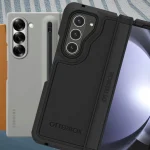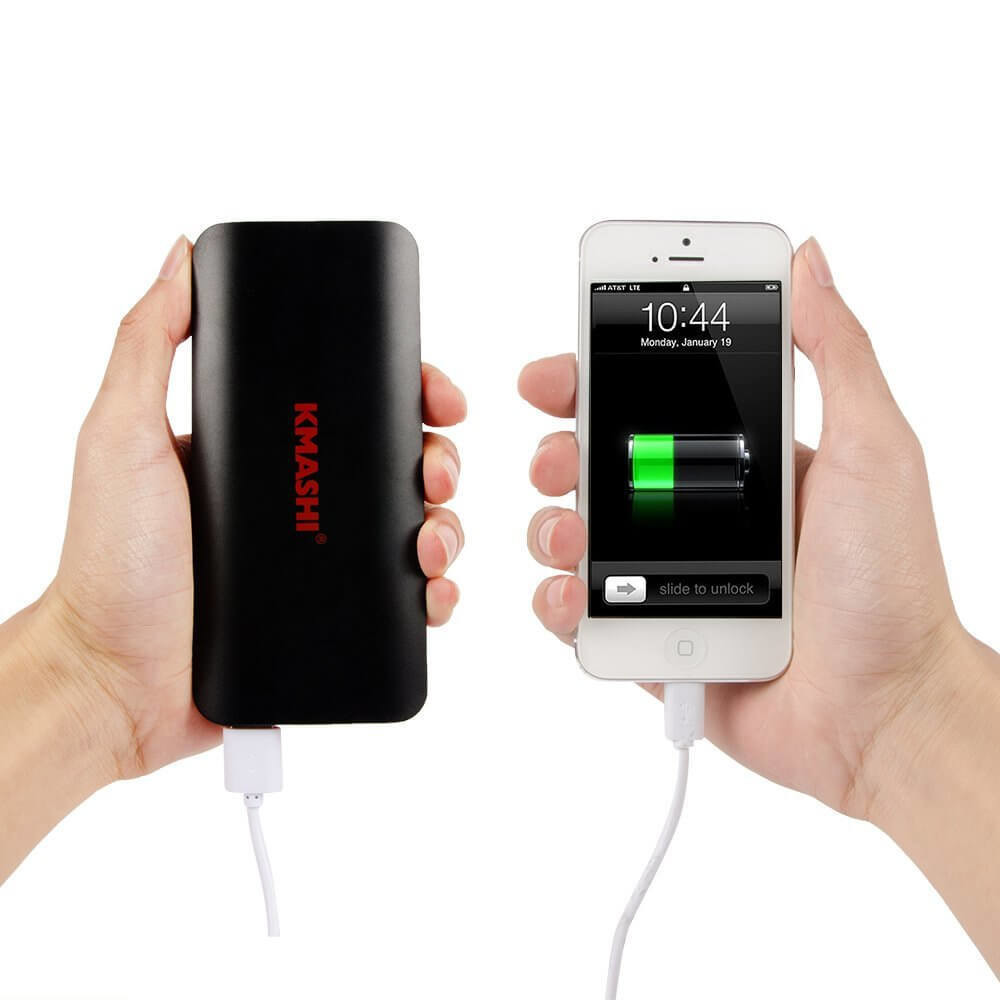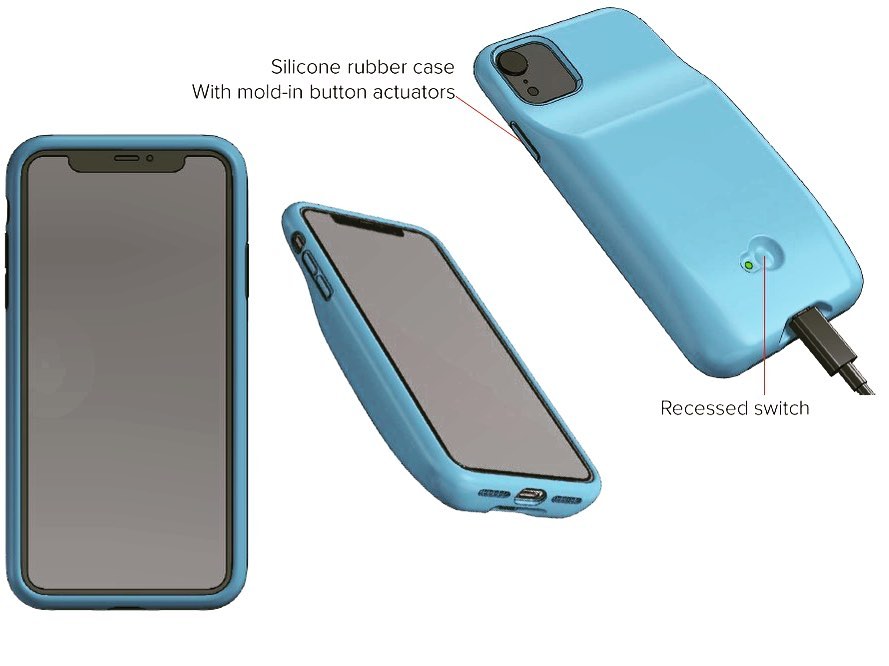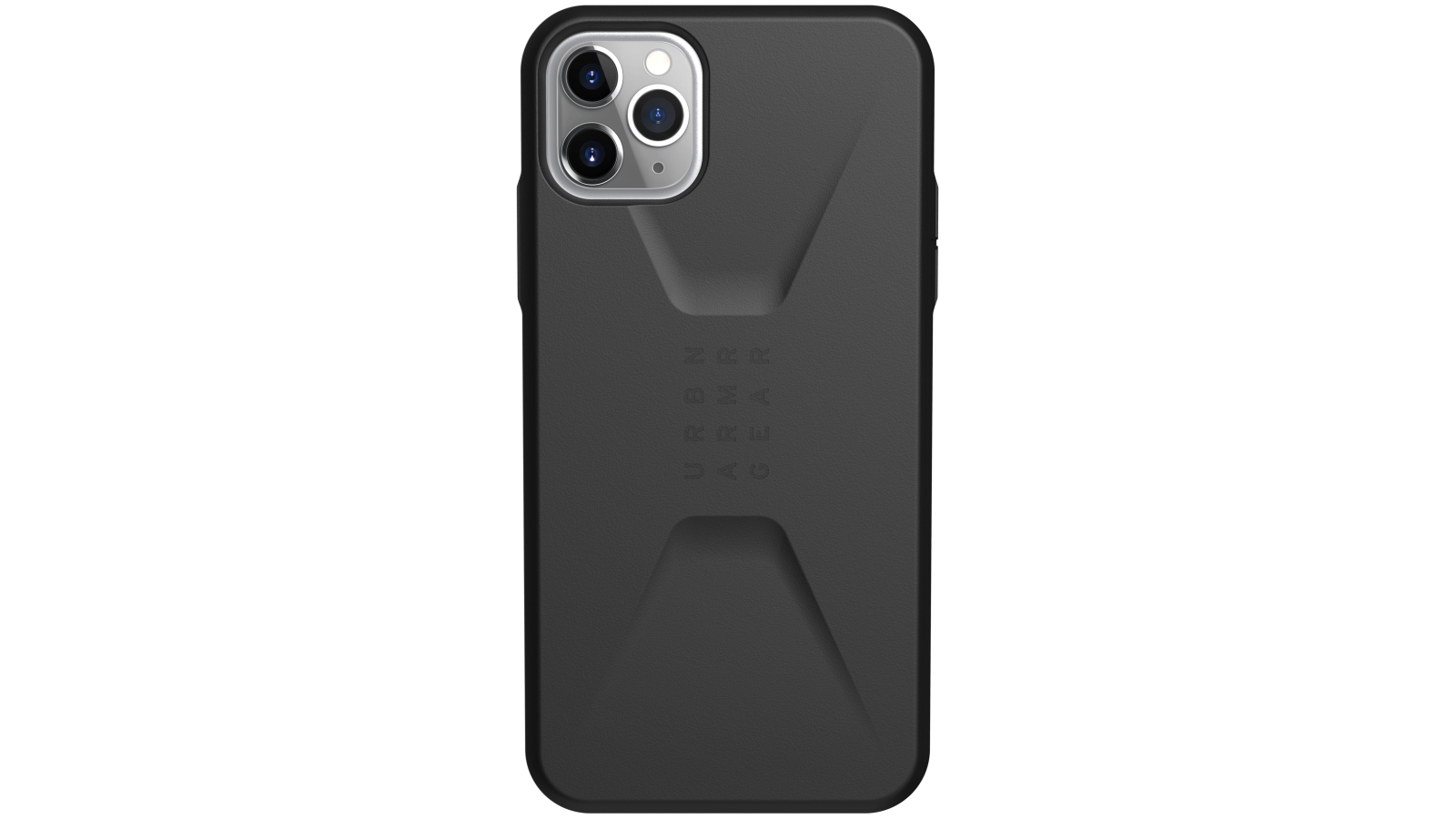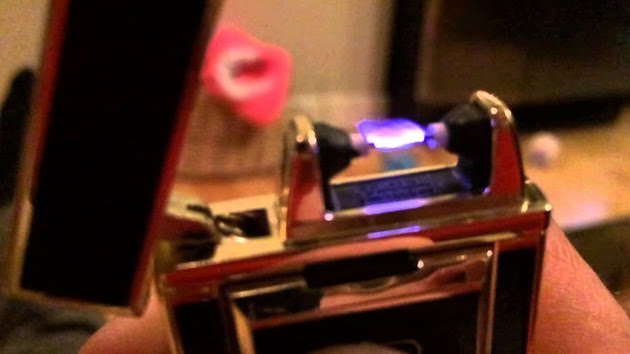
Keyboard Key Switches: A Complete Guide to Types, Performance, and Selection
April 14, 2025
If you’re wondering what keyboard key switches are: they are the components beneath each keycap that register keystrokes—affecting everything from typing feel to gaming precision. These switches are crucial to your keyboard’s performance, whether you’re gaming, working, or writing. With options like linear, tactile, and clicky switches, choosing the right one can significantly improve your productivity and comfort.
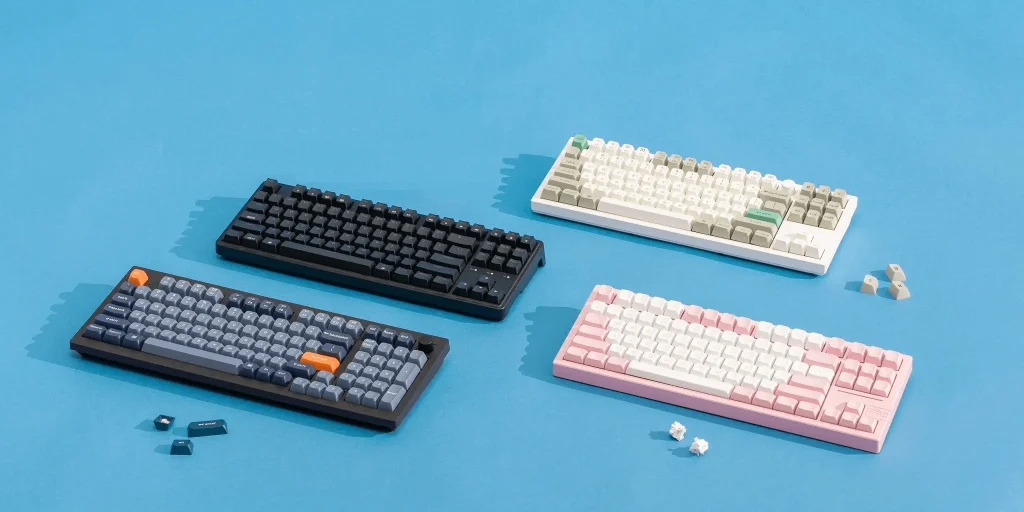
Content
Understanding the Core: What Are Keyboard Key Switches?
Keyboard key switches form the foundation of any keyboard’s functionality. Unlike membrane keyboards that rely on rubber domes for input, mechanical keyboard switches use individual mechanical components, offering durability, feedback, and customization.
Mechanical vs Membrane: Key Differences
- Mechanical switches offer distinct tactile or audible feedback.
- Membrane switches are quieter and cheaper but lack responsiveness and lifespan.
This difference is especially important in gaming keyboard switches, where rapid, precise input is critical.
How Keyboard Key Switches Affect Your Experience
The type of keyboard key switches you choose impacts how each keypress feels and sounds. Variables like actuation force, travel distance, and switch type determine whether you experience a smooth press, a subtle bump, or an audible click.
- Gamers often prioritize fast, smooth, low-resistance switches.
- Typists may prefer tactile or clicky feedback for accuracy and rhythm.
- Office users generally look for quiet mechanical keyboard switches to minimize noise.
Exploring Mechanical Switch Categories
All mechanical keyboard switch types fall into three main categories:
Linear Switches
These provide a smooth keystroke with no tactile bump or audible click. They’re ideal for rapid double-taps and are commonly found in gaming keyboard switches.
- Popular Example: Cherry MX Red
- Best for: Gaming, fast-paced work
Tactile Switches
These feature a noticeable bump when pressed, offering feedback without noise. They’re excellent for mixed use.
- Popular Example: Cherry MX Brown
- Best for: Office work, writing, hybrid use
Clicky Switches
Known for their audible click and tactile bump, these switches provide satisfying feedback for each keypress.
- Popular Example: Cherry MX Blue
- Best for: Typists, writers, mechanical keyboard enthusiasts
Side-by-Side Analysis: Comparing Mechanical Keyboard Switches
| Feature | Linear | Tactile | Clicky |
| Feedback Type | Smooth | Bump | Bump + Click |
| Noise Level | Quiet | Moderate | Loud |
| Ideal User | Gamers | Professionals | Typists |
| Example Switches | MX Red, Gateron Red | MX Brown, Zealios | MX Blue, Razer Green |
This mechanical keyboard switch comparison helps clarify which switch suits different environments and work styles.
Selection Guide: How to Choose the Best Switch
Identify Your Primary Use Case
- Gaming? Go for linear switches for speed and accuracy.
- Writing or data entry? Choose clicky switches for rhythm.
- Office or shared space? Opt for quiet mechanical keyboard switches like Cherry MX Silent Red or Gateron Silent Brown.
Consider the Sound Profile
If you’re in a quiet environment, quietest mechanical keyboard switches such as dampened linear switches (e.g., Cherry MX Silent Red) are best. Loud clicks may disrupt coworkers or housemates.
Check the Actuation Force
This is the pressure needed to register a keystroke. Lower force reduces fatigue for long sessions.
Expert Recommendations: Top Picks for 2025
Based on current reviews and performance tests, here are the best mechanical keyboard switches in their categories:
Best for Gaming: Gateron Red
Smooth, light, and fast — ideal for competitive gameplay.
Best for Typing: Cherry MX Blue
Provides a satisfying click with accurate actuation, favored by writers and coders.
Best Quiet Switch: Cherry MX Silent Red
Soft and nearly silent, ideal for home offices and shared workspaces.
Best Tactile Choice: Zealios V2
Tactile without the loud click, excellent for focused typing.
Why You Should Test Before You Commit
Before investing in a full keyboard, consider a mechanical keyboard switch tester. These compact kits let you feel and hear different switches before making a decision.
- A mechanical keyboard switch tester kit typically includes 6 to 12 switch types.
- Helps prevent buyer’s remorse by allowing hands-on evaluation.
- Available online for under $20, often including Cherry MX, Gateron, and Kailh options.
Keyword reference: mechanical keyboard switch tester
Tip: Link this keyword to a product or your own review for internal SEO boost.
Where to Buy Genuine Keyboard Key Switches
Purchasing from trusted sources ensures authenticity and performance.
Recommended Retailers:
- Amazon (check seller ratings)
- Drop.com (community-rated and curated)
- Keychron (great for hot-swappable options)
- NovelKeys (known for custom switches)
When looking to buy mechanical keyboard switches, always read customer reviews and verify the product’s compatibility with your board.
Final Thoughts
The right keyboard key switch can elevate your entire typing or gaming experience. From linear switches built for speed to clicky switches for tactile satisfaction, today’s market offers something for every user. Be sure to test before committing, and invest in switches that match your needs for sound, feel, and functionality.
Frequently Asked Questions
What Are the Quietest Mechanical Keyboard Switches?
Cherry MX Silent Red and Gateron Silent Browns are among the quietest mechanical keyboard switches, ideal for quiet environments.
Can I Replace My Keyboard Switches?
If you own a hot-swappable mechanical keyboard, you can easily change switches without soldering.
What Switches Do Pro Gamers Use?
Many prefer linear switches like Cherry MX Red or Gateron Yellow for their smooth actuation and speed.
Are Tactile or Linear Switches Better?
Tactile switches provide more feedback, while linear switches are better for speed. The choice depends on your use case.

Darin is a wonderful person. He is very nice and always willing to help out! He loves his job because it lets him share interesting things with people who want to know about new developments in the world of technology.

